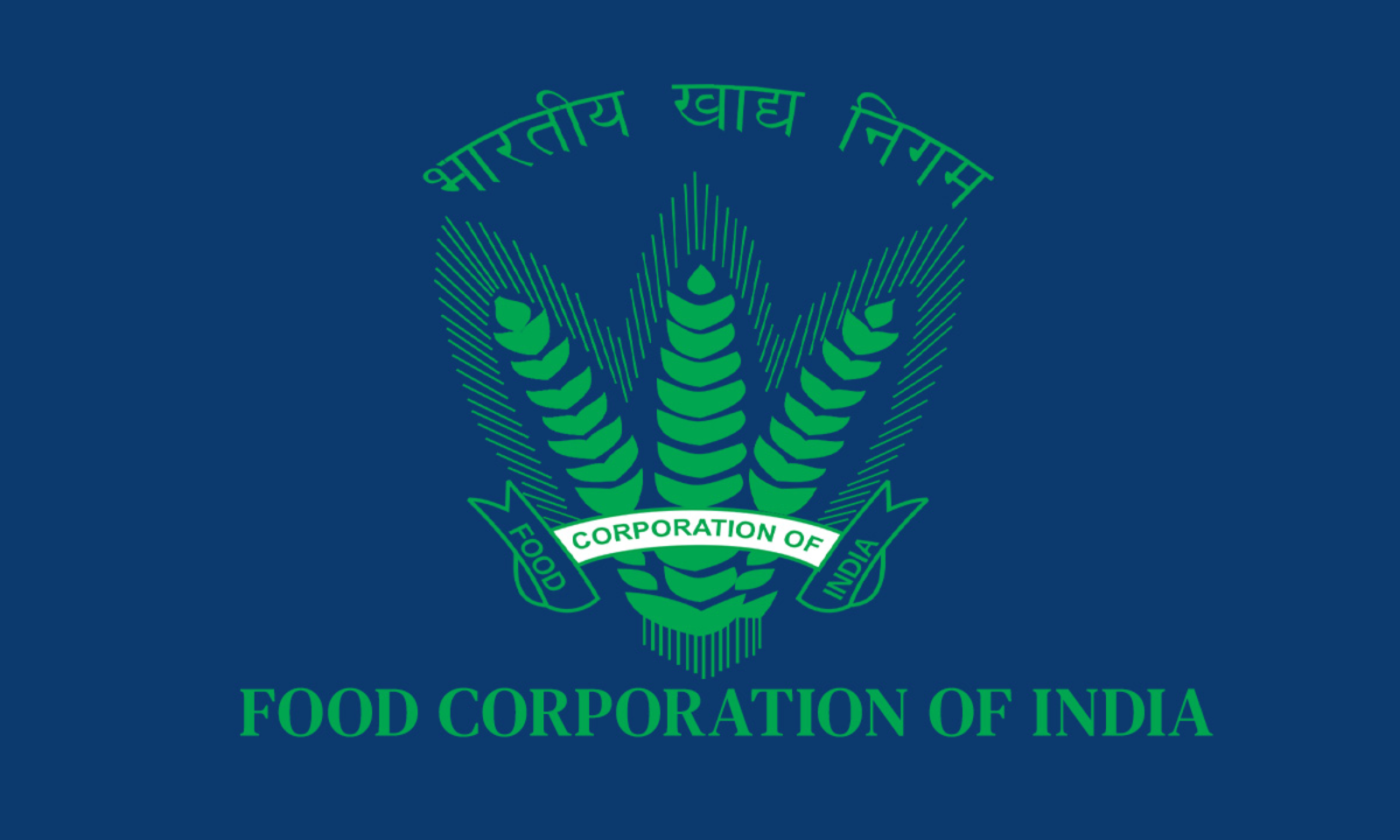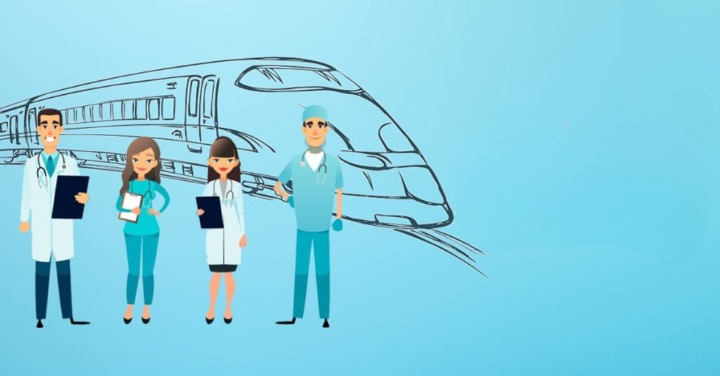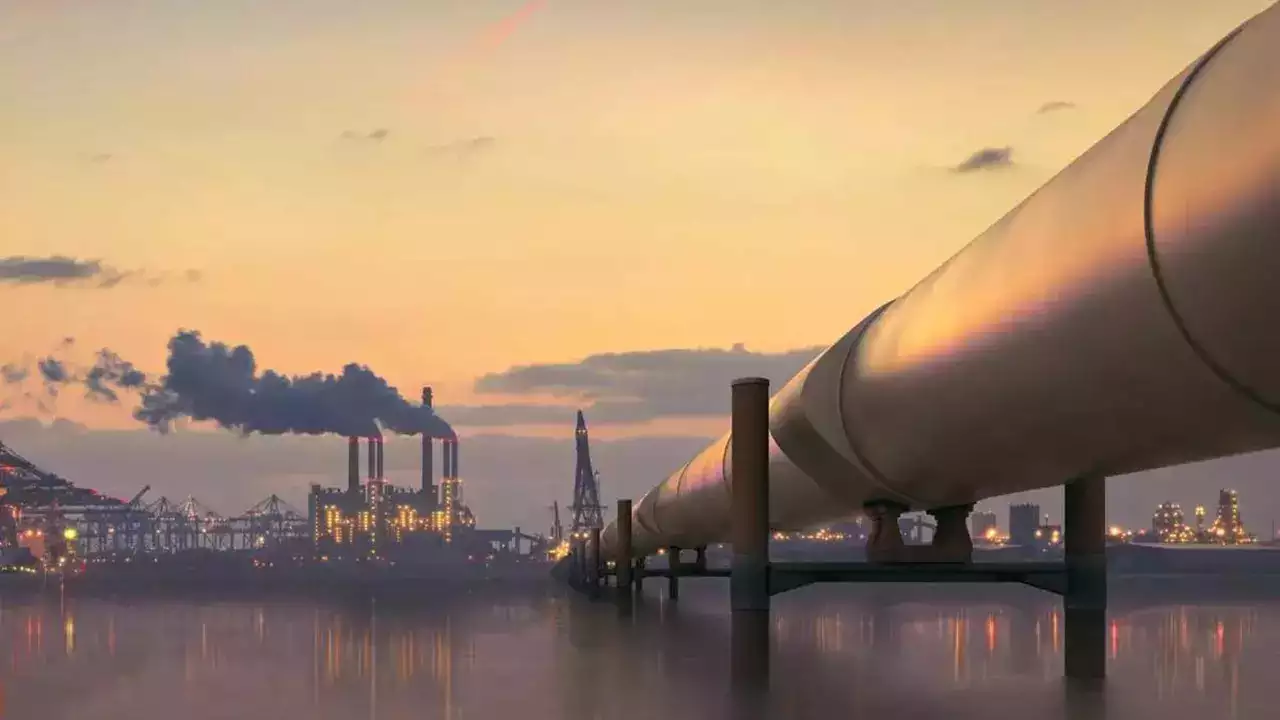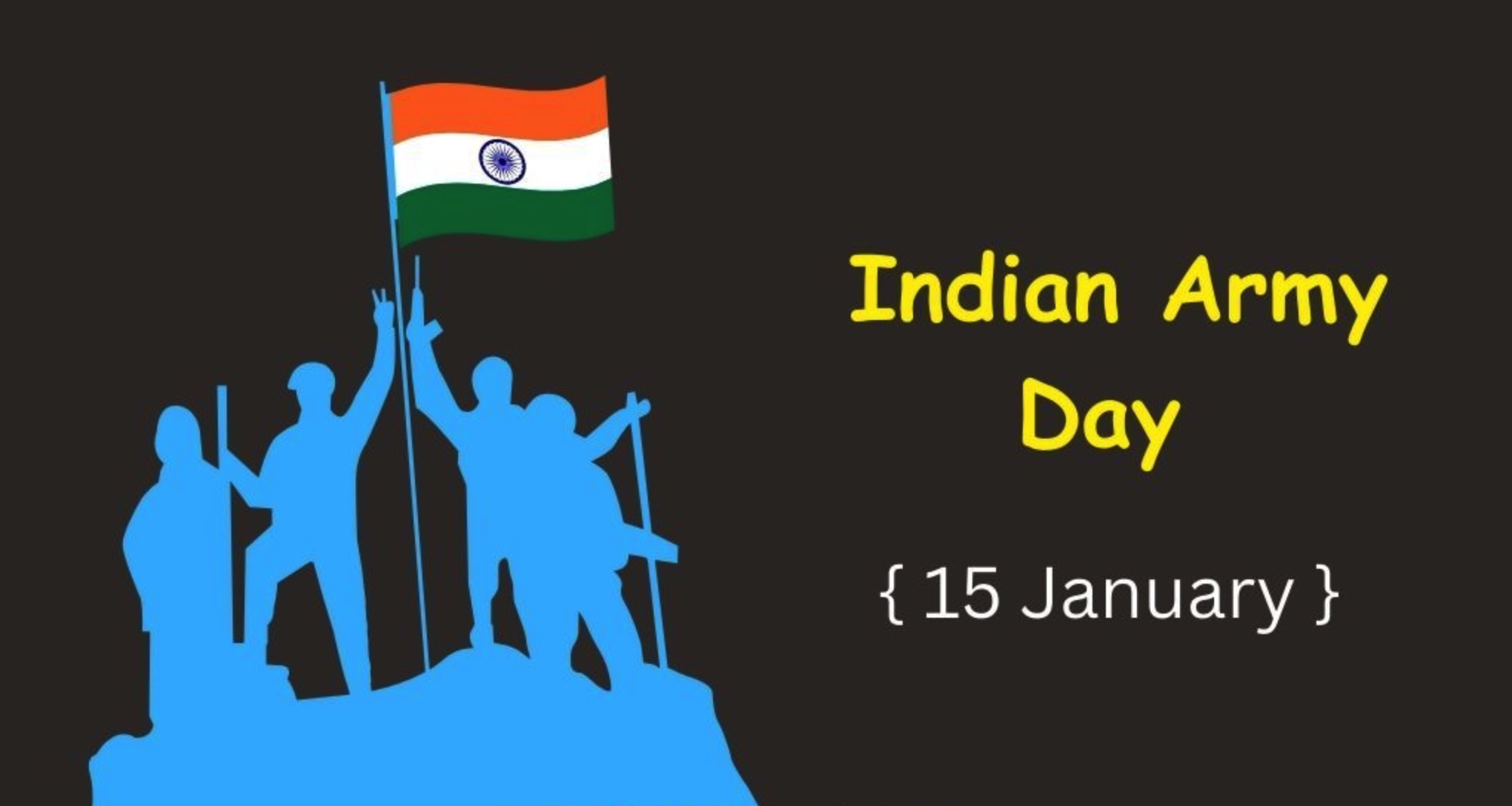Goyal asks FCI officers to turn whistleblowers to curb corruption (The Hindu)

- 15 Jan 2024
Why is it in the News?
Recently, the Food Minister said the role of FCI is not only to deliver ration but also to instil confidence in farmers and beneficiaries by bringing in transparency, efficiency and accountability.
About the Food Corporation of India (FCI):
- FCI is a statutory body with multifaceted objectives aimed at ensuring national food security.
- It was established through the enactment of the Food Corporation Act, of 1964 by the Parliament.
- As part of the Ministry of Consumer Affairs, Food and Public Distribution, FCI plays a pivotal role in supporting farmers, managing food distribution, and maintaining strategic food grain stocks.
Key Objectives:
- Effective Price Support Operations: FCI focuses on safeguarding farmers' interests through efficient price support operations.
- Public Distribution System (PDS): The distribution of food grains nationwide for the PDS forms a crucial aspect of FCI's mandate.
- Operational and Buffer Stocks: FCI is entrusted with maintaining optimal levels of operational and buffer stocks to ensure national food security.
Role in Ensuring Food Security:
- Procurement at Minimum Support Price (MSP): FCI actively engages in procuring food grains, primarily wheat and paddy, under the Price Support Scheme to guarantee MSP for farmers and provide affordable food to vulnerable sections.
- Coarse Grains Procurement: Additionally, FCI oversees the procurement of coarse grains, such as Jowar and Bajra, in coordination with state government agencies.
- Storage Capacity: To meet storage obligations, FCI boasts an extensive network of storage depots and silos strategically positioned across the country.
- Movement and Distribution: FCI undertakes the movement of food grain stocks from surplus to deficit regions, ensuring planned delivery through PDS, creating buffer stocks, and supplying food grains for defence, paramilitary forces, and natural calamities.
In conclusion, FCI's multifaceted role encompasses procurement, storage, and distribution, contributing significantly to the nation's food security and the well-being of farmers.
Medical care on India’s trains is running late, with passengers at risk (The Hindu)

- 15 Jan 2024
Why is it in the News?
The Balasore train accident in June 2023 raised important concerns about rail safety, but it was largely about accident-related safety.
Provision of Medical Care in Railway:
- In 1995, a ‘Special first aid box’ was provided in long-distance superfast trains, Shatabdi and Rajdhani trains.
- In 1996, as part of a pilot project, Railways stationed a medical team in two long-distance trains.
- This team consisted of a medical officer, a male nurse, and an attendant.
- The Railways subsequently discontinued the service – but to make healthcare accessible, it decided to give doctors travelling on trains a 10% discount if they were willing to provide medical services en route.
- In 2017, the Supreme Court directed the Railways to set up a committee consisting of experts from the All India Institute of Medical Sciences (AIIMS) to recommend further measures.
- Based on the committee’s recommendations, the Railways decided to modify the contents of the first aid boxes and provide them at all railway stations and in all passenger-carrying trains.
- It also mandated first-aid training for railway staff at the time of joining and once every three years.
- In 2021, the Railways launched an integrated helpline number – 139 – for all queries concerning the railways, including medical assistance.
Way Forward
- Railways should ensure the updated 88-item first-aid list is in place on all trains and that passengers are aware of these services.
- Periodic inspections are necessary to maintain the quality of care as well.
- Finally, the Railways need to install a system to capture data on the healthcare needs of people travelling on trains and use that to inform policy.
In a big push for India's energy security, ONGC makes two significant gas discoveries in the Mahanadi basin block (Business World)

- 15 Jan 2024
Why is it in the News?
In a significant stride towards bolstering India's energy security, the state-owned Oil and Natural Gas Corporation (ONGC) has successfully unearthed two substantial natural gas reserves within the Mahanadi basin block in the Bay of Bengal.
About the Mahanadi River Basin:
- Ranked as the 8th largest river basin in the country, the Mahanadi River Basin boasts a substantial catchment area spanning 139,681.51 sq. km, representing approximately 4.28% of the total geographical area of India.
- Encompassing significant portions of Chhattisgarh and Odisha, along with smaller segments of Jharkhand, Maharashtra, and Madhya Pradesh, this basin stretches across diverse terrains and is surrounded by the Central India hills to the north, the Eastern Ghats to the south and east, and the Maikala range to the west.
- The basin's physiographic features are categorized into four regions:
- The northern plateau
- The Eastern Ghats
- The coastal plain (a fertile delta area), and
- The erosional plains of the central tableland.
- Notably, the basin receives about 90% of its rainfall during the monsoon season.
- Agriculture dominates the landscape, covering 54.27% of the total area, while water bodies occupy 4.45%. Predominant soil types include red and yellow soils.
Key Characteristics of the Mahanadi River:
- As one of the major east-flowing peninsular rivers in India, the Mahanadi River originates from the Sihawa range of hills in the Dhamtari district of Chhattisgarh.
- Water Potential: Second only to the Godavari River in terms of water potential among peninsular rivers, the Mahanadi River spans a total length of 851 km, with 357 km flowing through Chhattisgarh and 494 km through Odisha.
- Tributaries: The river is augmented by left bank tributaries including the Seonath, Hasdeo, Mand, and Ib, while the right bank receives contributions from the Ong, Tel, and Jonk.
- Hirakud Dam: An engineering marvel, the Hirakud Dam, recognized as the world's longest earthen dam at 26 km, is strategically located about 15 km from Sambalpur in Odisha, providing essential water management for the region.
- The Mahanadi River plays a crucial role in the hydrology of Chilika Lake, designated as a wetland of international importance under the Ramsar Convention.
- Approximately 61% of the lake's inland flow originates from the Mahanadi River system, mainly through its distributaries, Daya and Bhargabi.
Global surgery: why access to essential surgery is important (The Hindu)

- 15 Jan 2024
Why is it in the News?
Global surgery is the neglected stepchild in global health. The neglect is more shocking in South Asia which has the largest population globally lacking access to essential surgery.
What is global surgery?
- Global surgery focuses on equitable access to emergency and essential surgery.
- While it predominantly focuses on low- and middle-income countries (LMICs), it also prioritises access disparities and under-served populations in high-income countries (HICs).
- These “surgeries” include essential and emergency surgeries such as surgery, obstetrics, trauma, and anaesthesia (SOTA).
- Despite small differences, there is largely a consensus across multiple international groups on about thirty or so procedures that fall under the umbrella of emergency and essential surgery.
The Global Scenario:
- As per the Lancet Commission on Global Surgery (LCoGS), more than 70% of the global population, which amounts to five billion individuals, lacks timely access to safe and affordable surgical care.
- Notably, over 1.6 billion of these individuals reside in South Asia. Access gaps are particularly acute, with 99% and 96% of people in low- and lower-middle-income countries (LLMICs), respectively, facing challenges compared to 24% in high-income countries (HICs).
Concerns and Impact:
- In 2010, surgically treatable conditions contributed to around 17 million deaths, surpassing the combined mortality burden of HIV/AIDS, tuberculosis, and malaria.
- The global disease burden also translates into a significant economic impact, with a projected cumulative loss of $20.7 trillion to the GDP across 128 countries by 2030 if the scale-up of surgical care remains inadequate.
Measures implemented for Global Surgery:
- India's Pradhan Mantri Jan Arogya Yojana has played a pivotal role by providing millions of surgeries at either zero or negligible cost, specifically benefiting the bottom 40% of the Indian population.
- In South Asia, Pakistan has developed a National Surgical Care Vision, while Nepal has initiated a comprehensive National Plan Encompassing Surgical, Obstetric, and Anaesthesia Care (NSOAP).
Way Ahead
- Addressing global surgery challenges requires a multi-faceted approach, emphasizing research, innovation, policy focus, and sustained financing.
- Key stakeholders, including organizations like the World Health Organization (WHO) and various non-profit groups, hold significant potential in advancing and supporting global surgery initiatives.
- Collaborative efforts on these fronts are crucial for ensuring equitable and accessible surgical care on a global scale.
India celebrates 76th Army Day with pride and gratitude (TOI)

- 15 Jan 2024
Why is it in the News?
Prime Minister Narendra Modi and President Droupani Murmu conveyed their warm wishes to Indian Army personnel on the occasion of Army Day.
Why is Army Day celebrated?
- On January 15, KM Cariappa took charge of the Indian Army from General Sir Francis Roy Bucher in 1949, who was the last British-serving Army chief.
- KM Cariappa became the first-ever Indian General to command the Army in its long eventful journey.
- Later, General Cariappa also became the Field Marshal of India.
- KM Cariappa, who is popularly known as Kipper, received King's commission in 1919 and was part of the first group of Indian cadets at the Royal Military College in Sandhurst, UK.
- He was the first Indian who attended Staff College in Quetta and the first one to command a battalion.
- In 1942, Cariappa raised the 7th Rajput Machine Gun which was later known as 17 Rajput.
- He was conferred with Field Marshal Rank in 1986 and passed away in 1993 at the age of 94.
Indian Army Day 2024: Theme
- The theme of the Indian Army Day 2024 is “In Service of the Nation”.
- The theme of 2024 focuses on the main essence of the Army.
- This year’s theme also resembles the motto of the Indian Army, “Service Before Self.”
- This year marks the 76th Army Day.
- The parade will be held under the command of the Army's Central Command, which is headquartered in Lucknow.
Indian Army Day 2024: Significance
- Indian Army Day is also known as Bhartiya Sena Diwas.
- The day promises a grand celebration to honour the valour and service of the Army officers.
- It also proves to be a day dedicated to spreading awareness and enthusiasm among the youth of the nation to join the Bhartiya Sena and serve the country selflessly.
- Army Day is dedicated to appreciating and acknowledging the sacrifice and dedication of the Indian Army towards protecting the country from the illegal invasion of enemies and attacks.
Indian Army Day 2024: History
- The Indian Army was established on 1 April 1895 by the British.
- Initially, the Indian Army was known as the Royal Indian Army.
- India attained Independence on 15 August 1947.
- On 15 January 1949, the first Commander-in-Chief of India General K.M. Cariappa took over the rule of British Army Official General Sir Francis Roy Bucher. Since then, this historic moment has been celebrated as Bhartiya Sena Divas.
- India is following the tradition of celebrating this grand day with great zeal and patriotism.
- Since 15 January 1949, India has been self-reliant in the field of defence.
